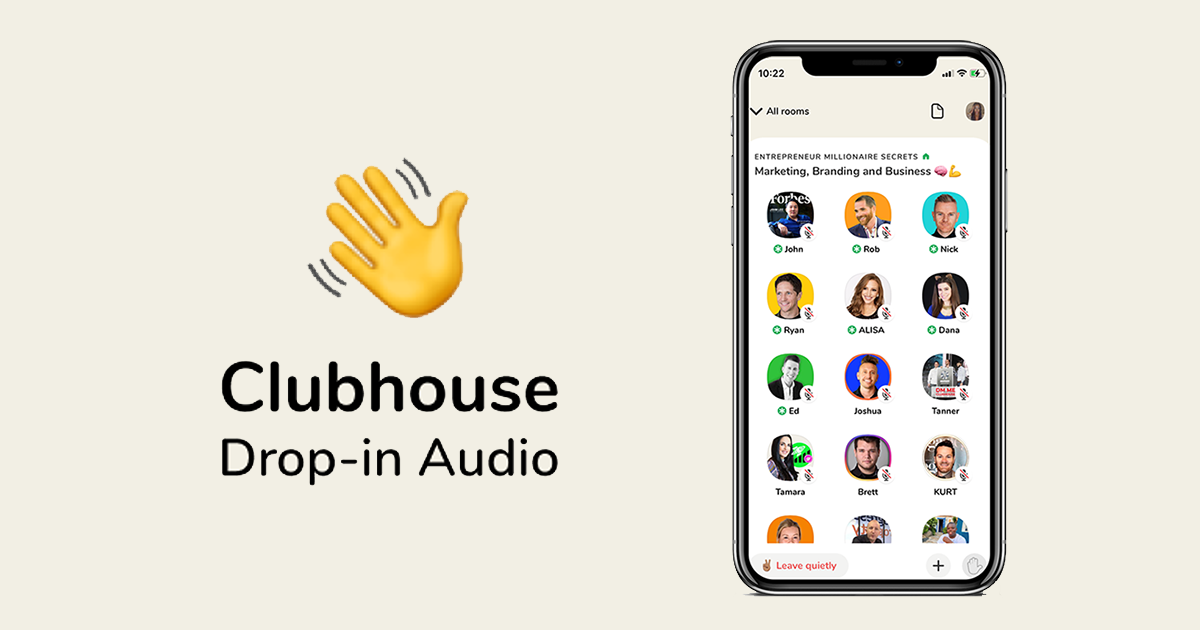Guest post by Stefania Guglielmi
The word “community” has been used over the last few years to refer to a variety of different things, and not always correctly. But the concept of community is actually a very simple one: a group of like-minded people who share the same interests, values, or goals, and build relationships while working towards them. Communities are spaces where members can feel accepted, share their experiences and discuss topics they’re passionate about.
As traditional types of communities like churches and village communities are less active, especially among younger people, other types of communities that are available online and to everyone worldwide are flourishing.
Online communities have been essential during the last year, not only for information exchange and knowledge sharing, but for the mental health of many that lost access to their physical communities due to the pandemic. We’ve seen incredible progress and refinement in how people communicate and collaborate online, during a year when organizing an event or coordinating a project, or even running a company had to happen remotely.
But why is building a community important for your company?
A brand can learn a lot about the wants and needs of their community members. It’s like having a study group, but for free.
Another pro of building a community is that the most engaged members will invite their friends to join, and will spread the word about your brand - think of it like micro influencer marketing.
“The biggest influencing factor when it comes to making purchasing decisions is friends' recommendations.” - Rob Fuggetta, author of Brand Advocates
Plus, it’s proven that those who participate and enjoy being a part of your community will more likely purchase your products over and over.
The main difference between physical and online communities
Virtual communities make it easier for people of different ages and nationalities to connect and engage, but that’s mostly where the differences end. Both physical and online communities are formed upon a shared identity among the members and a “ collective effort in reaching a goal through diversity of expertise- where it is not necessary for every member to know everything.”
In this article, we’ll mostly refer to online communities, but these guidelines for building a community apply to both physical and online ones. As the world opens up, we can anticipate a hybrid solution to many online communities that will choose to hold in-person meetings in certain locations and, while basing most of their communication online, will be a great way for people to discover other community members in their area.
Build your community around a shared mission
The vision and the mission of a community are the foundation of the community itself - without shared values between the participants and a common purpose, why would the community exist at all?
As Spencer Jentzsch, former CEO of Hacker Paradise said:
“What are we accomplishing together that we can’t do individually? That’s the big reason that people are going to keep coming back to your community. That’s why they want to be part of it. If it’s something they can do on their own, and they get that same value on their own, why would they need to be part of this greater group? It’s really about honing in on what’s that thing we can accomplish together that we can’t do individually.”
- “ How to build a remote community”
It’s important to define the “why” of the community before building one.
However, if you're just starting out, you might want to let the founding members of the community define the community’s mission and vision. Defining these two statements might seem easy, but it’s actually a complex process that will define how strong the foundation of the community really is. Having a say in defining the purpose of the community will help the first members to create an emotional attachment with the community.
Once the mission and vision of your community are defined, make sure to keep them visible for everyone as a reminder of what the community is all about, and why they are a part of it.
But a shared vision and mission aren’t sufficient for communities to take action. That’s where shared goals and concrete plans come into play. Whether they’re short-term or long-term goals, they need to exist so that members can find their role in contributing to them and the group overall.
What value does your community offer?
Why do people decide to join a community?
Because they trust that the community will bring them value.
This value can be quantifiable in some cases, for example if the brand or organization that created the community gives special discounts for products and services that are valuable to its members. In other cases, the community’s members can simply find value in being able to have exclusive access to information.
Plus, “ an online community brings people together and provides users with a quick and easy way to navigate and find a resolution to a problem”, therefore saving people’s valuable time.
Another benefit that communities bring to its members is the sense of companionship that arises from daily interactions with a whole new set of people. People want to help others and contribute with their experiences and knowledge.
How to keep the community active?
Building a thriving community is a long-term process that requires persistence and nurturing.
Even if the community already functions on its own and members engage with each other in an organic way, community leaders need to encourage and facilitate conversations and interactions within the community.
The role of a community builder and leader is to ask powerful questions, and create content that encourages discussions and conversations (and eventually deeper connections) among the members. A leader doesn’t have to actively take part in the conversation that ensues, but has to remain vigilant behind the scenes in case there are misunderstandings or doubts.
While it’s great if members engage with and help each other, a community leader needs to be present and not let any post/question go unanswered, especially in the first stages of a community. Later on, a community leader (or a community manager), has to strike the balance between maintaining order in the community, and letting the members feel like the community is a safe space where they can freely express themselves.
Activate your new community members from the start
The dream of every community builder and leader is that every single one of the members check in multiple times a day or a week and interact with fellow members. For most groups, that won’t happen organically.
Each community has a number of members who are passionate about the shared purpose of the community and are active on a daily basis, and some other members who might join the community and assume the role of a quiet observer (or a lurker, as some communities call them.) Different levels of participation are completely normal for every community. However, there is something that a community leader can do to facilitate engagement and activate a new member from the moment they join the community. Some people won’t be comfortable with engaging at all, but some might just be hesitant and looking for an opportunity to introduce themselves to an already tight-knit community. It’s on you to give them that opportunity!
This means creating somewhat of an onboarding process, a series of emails, for example, where you can introduce the community to the new member, reply to some frequently asked questions, and help them get acquainted with the vision, mission, and the culture of the community they are joining. Then, give immediately your new members a way to give input by encouraging them to introduce themselves or giving them a task to work on so they immediately feel part of the community, and not outsiders.
“Tell us what projects you’re working on” is also a great way to give new members a way to say something about themselves and what they’re passionate about.
Which platform to use?
Where are you going to host the community you’re building?
There are many great platforms you can choose from, each with their own pros and cons. A comparison would require a whole new separate article, but let’s mention very quickly some of the best options.
-
Facebook Groups - it’s the tool used by most people around the world for building a community built upon a shared interest. Not the most original solution, but certainly one that’s easy to set up and scale (and you can trust that the majority of people are very familiar with it already.)
-
Slack was born as a messaging platform for distributed teams, and it’s now also used to run communities that have a very specific topic/niche. It’s a great solution for professional networking.
-
Teamflow - why not go all out and create an entire virtual experience and a place for your community? Teamflow allows you to set up an entire space that you can design, create different rooms in, walk around the space and communicate with other members just by coming close to their avatar.
-
Telegram - an instant messaging service that is both used for personal interactions and as a tool for groups. Telegram groups can in fact support up to 200,000 members. This is a good tool for simple messaging only, if you want to provide more value to your members, you might want to check the other ones on the list.
-
Discord is another instant messaging platform where topic-based text channels (Discord servers) give communities an organized way to talk about their shared interests.
-
Circle is a community platform for creators where creators can bring both their audience and their courses and members-only content.
It’s also important to establish clear rules and norms for the community members, so that no one spoils the experience for anyone else. Make sure the new members are aware of the guidelines, that can be as simple as not spamming the group and being respectful to all other members. Don’t be afraid to enforce the rules and kick out members who are not a good fit for your community.
What is the role of a community manager?
As the community grows, you’ll need help to moderate members’ posts and questions.
Your community manager should:
- Be present on a daily basis
- Be proactive and encourage engagement and conversations
- Be very familiar with the mission and goals of the group
- Enforce group rules when needed
The right community manager ideally also needs to share the same values and goals of the community - but then, why look for help outside of the community? The best people you can hire as community managers are the most active members, who are already passionate about the community and share the same vision and mission.
You might also think about creating an ambassador program where your most engaged members become ambassadors of your brand or organization, in exchange for referral credit that can be used to purchase your products and services, or other types of special benefits.
As Spencer Jentzsch explains, “if you can get other people to invest into the community, other people to try to work, to build it, and they feel personally invested, they want to see it succeed. They want to invite their friends. They want to keep building it.They turn from this passive member of the community, into an ambassador where they’re going out and talking about you.”
What does your community need?
Understanding the needs and pain points of your community members is the best way to encourage discussions about these topics, but it’s also the best way for a brand to come up with products and services that provide solutions to the members’ needs and problems.
For example, with remote work becoming so widespread, remote workers and companies needed a health insurance product that didn’t exist before. SafetyWing launched Remote Health, a health insurance solution that lets remote companies onboard everyone in their team to one plan, no matter where they are in the world.
Instead of researching health insurance plans for every employee in their current country of residence, this product works for everyone in the team, at the same price and with the same conditions, no matter where the team members are based.
Building a community of like-minded individuals has never been more important for brands and organizations. As Sergi Mateo, founder of one of the biggest Facebook groups for digital nomads & entrepreneurs, says: “ Humans are social species mainly because we tend to live in communities instead of segregating ourselves as individuals and dispersing to unoccupied territories. We want to be part of a supporting tribe of individuals whose values are aligned with ours.” Through his community, he realized members were struggling to find fully remote roles to apply for, which resulted in him creating one of the biggest remote job platforms.
Your community can help you create better and more valuable products and solutions. All you need to do is ask the right questions, and provide the space where those conversations can happen.
Start with the advice we’ve outlined in this article, listen to the first group of members in your community and evolve it to their needs and preferences. We’re confident that this will help you build a community that is inclusive and engaged.
Share any feedback or advice you have on keeping your community engaged with us on Twitter!
About the author
Stefania Guglielmi is a digital nomad, the writer behind Every Steph, and one of the researchers contributing to Borderless - a resource for travelers on travel restrictions, containment measures and vaccination information around the globe, created by SafetyWing. Connect with her on Instagram and Twitter.



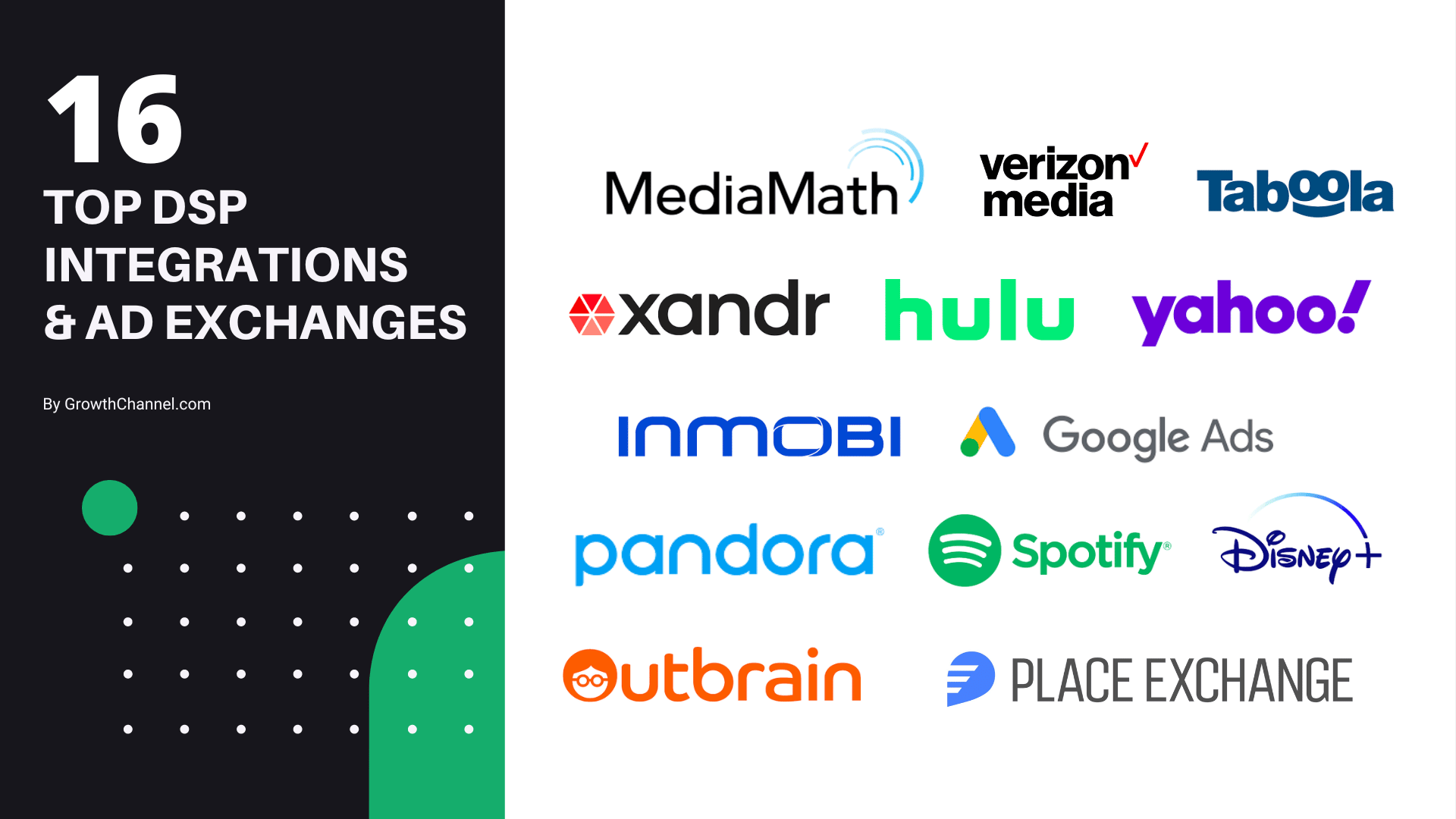


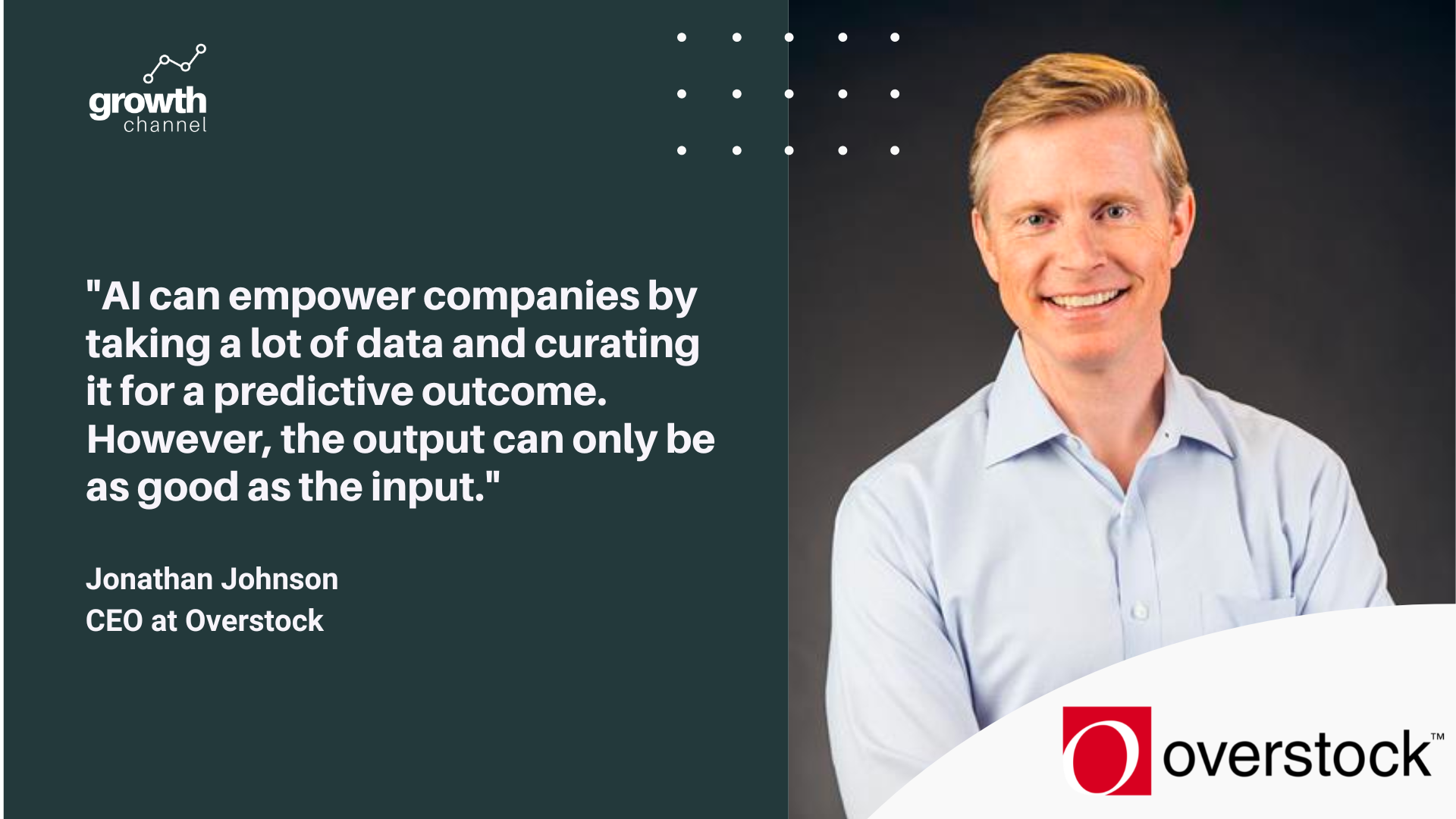

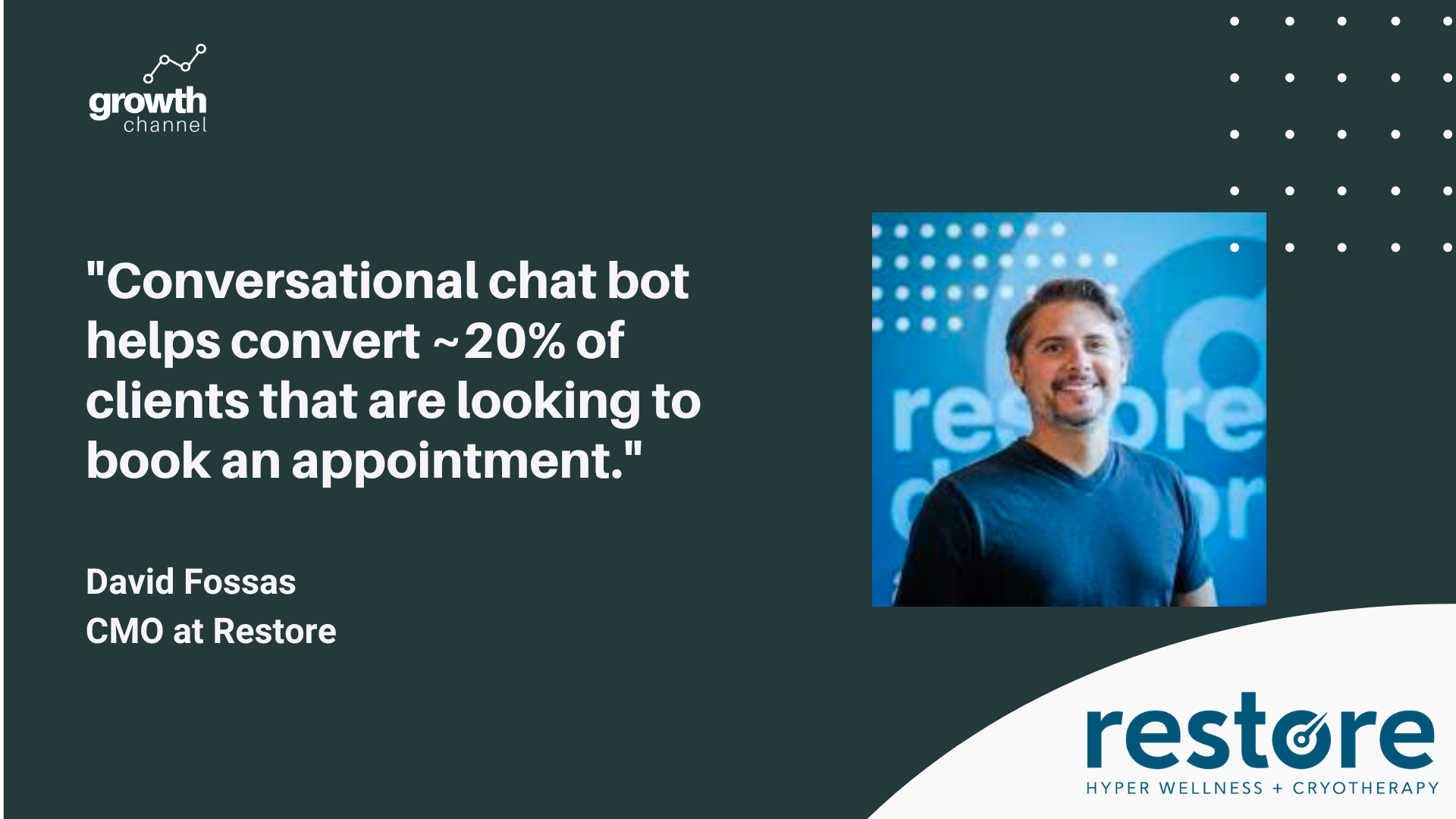
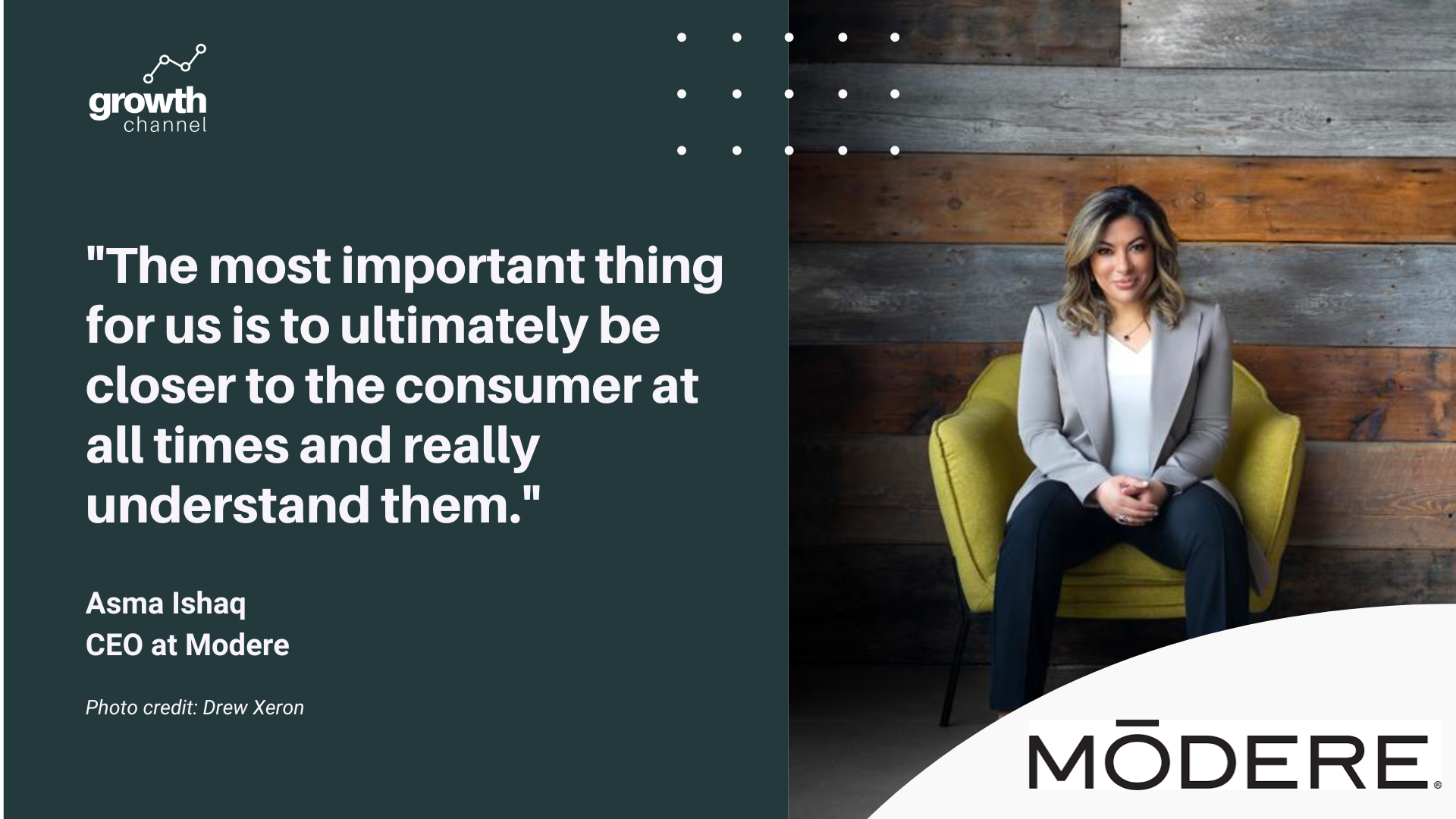


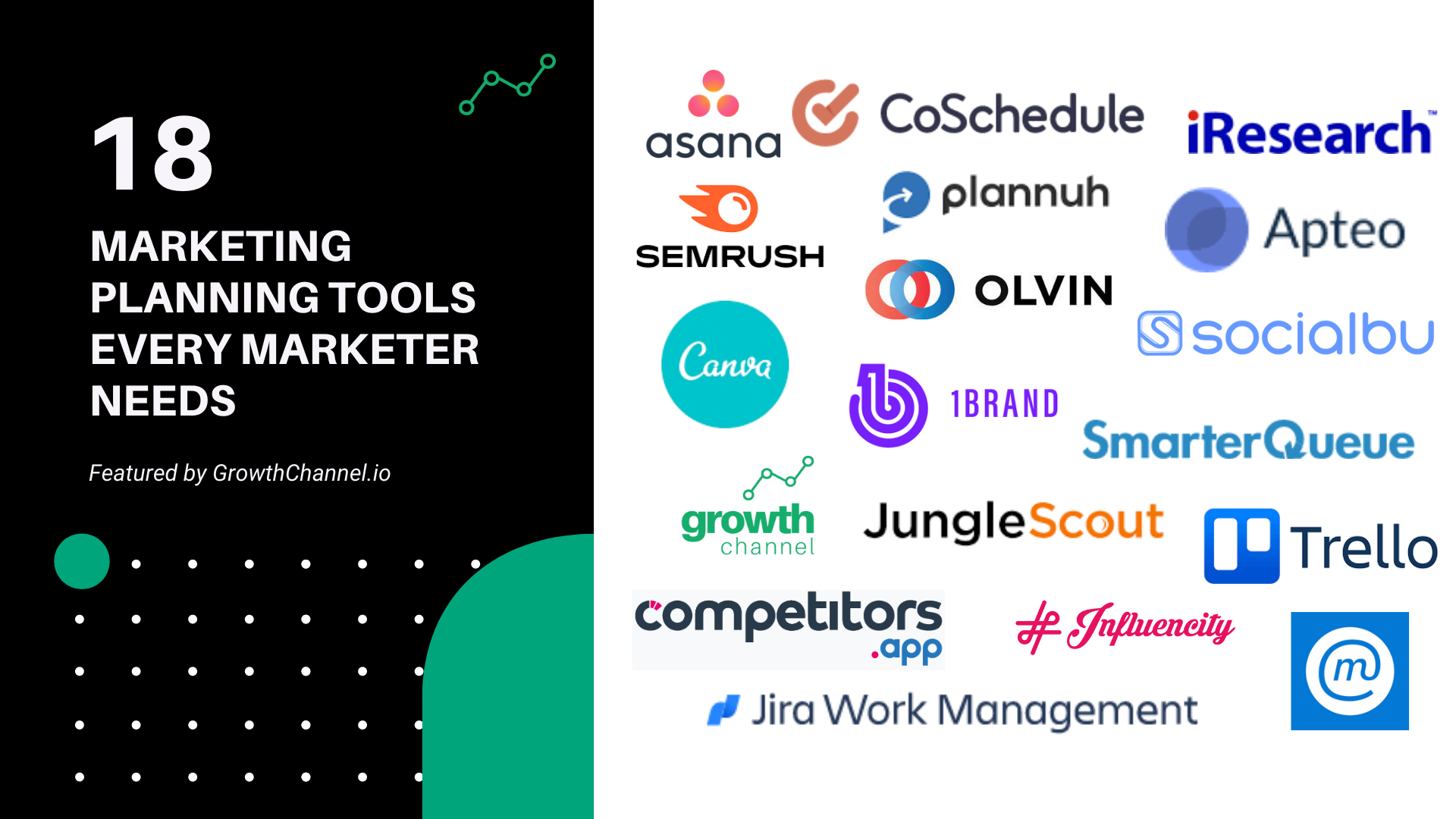
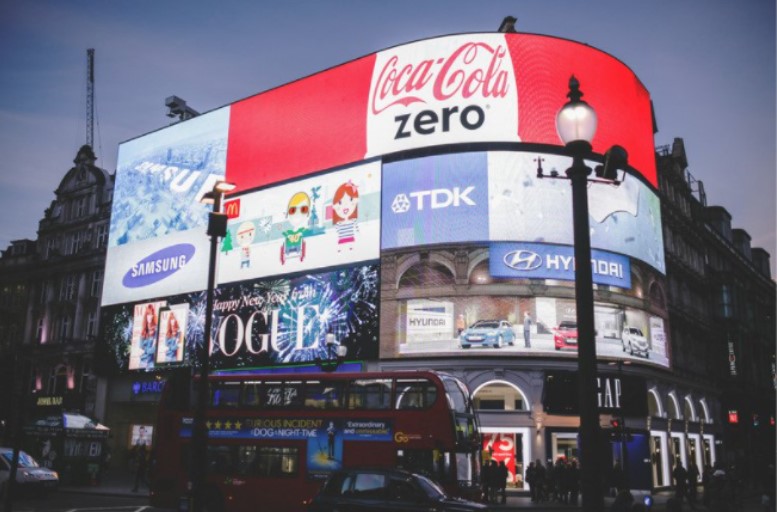
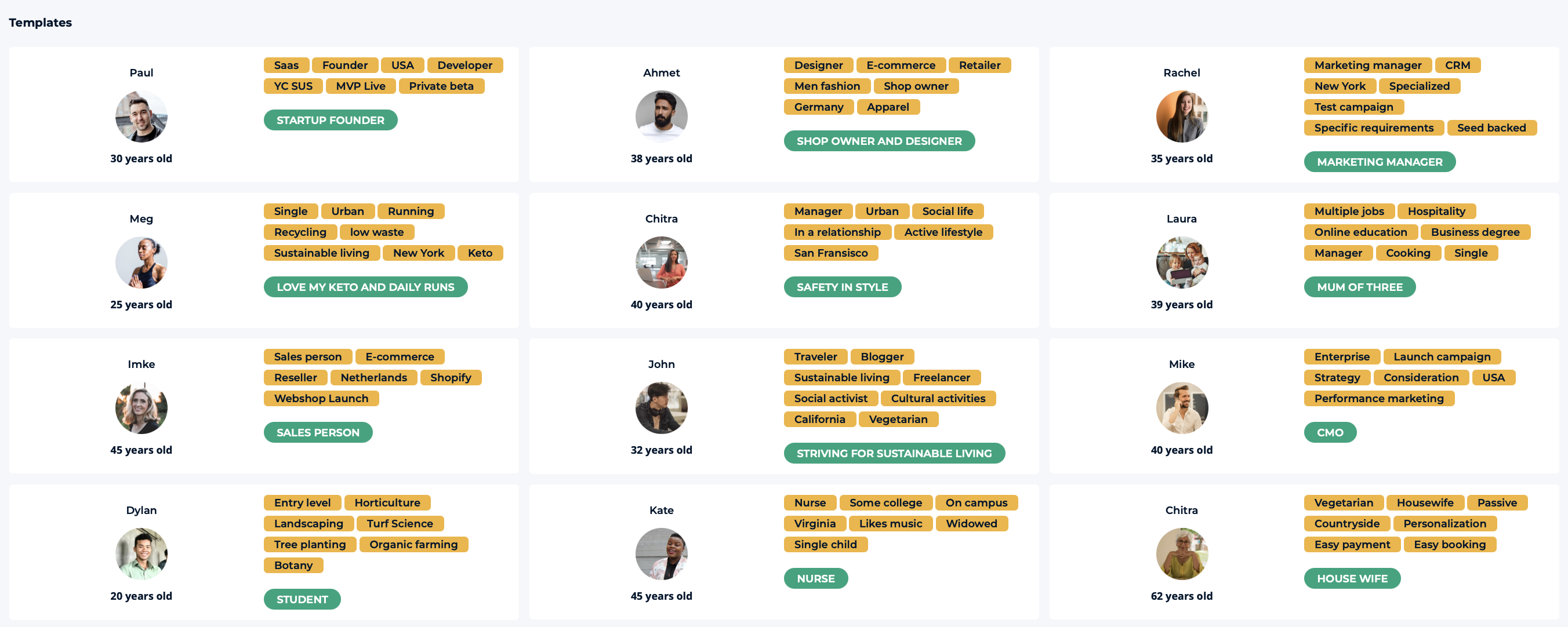


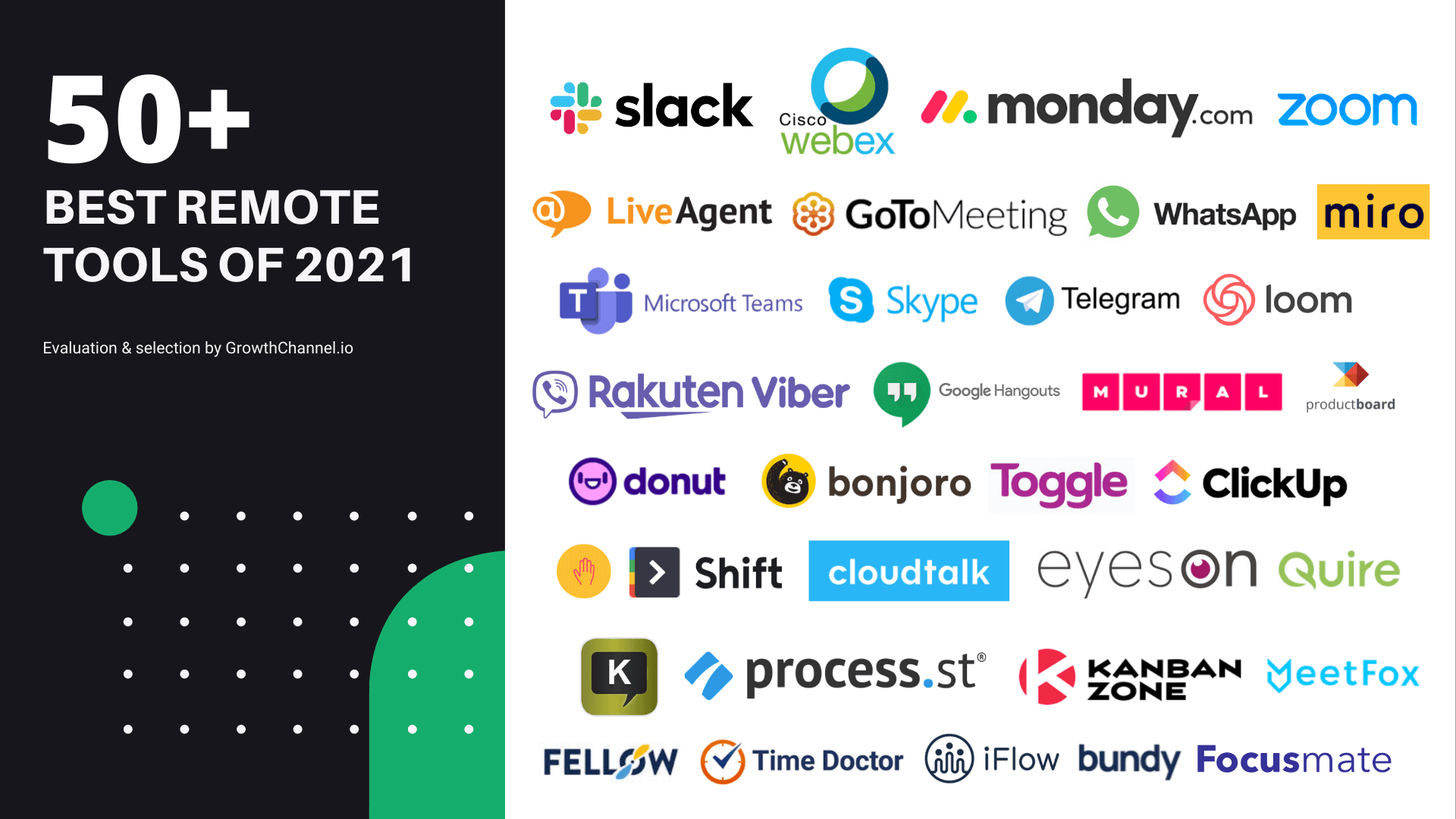

![Marketing and Startup Events To Join in 2021 [June - November]](https://d1pnnwteuly8z3.cloudfront.net/images/c43e0245-20dd-48fb-909f-21eca8322f61/e2f9c5df-a4d6-476f-9ce0-1254a4fa491a.png)
